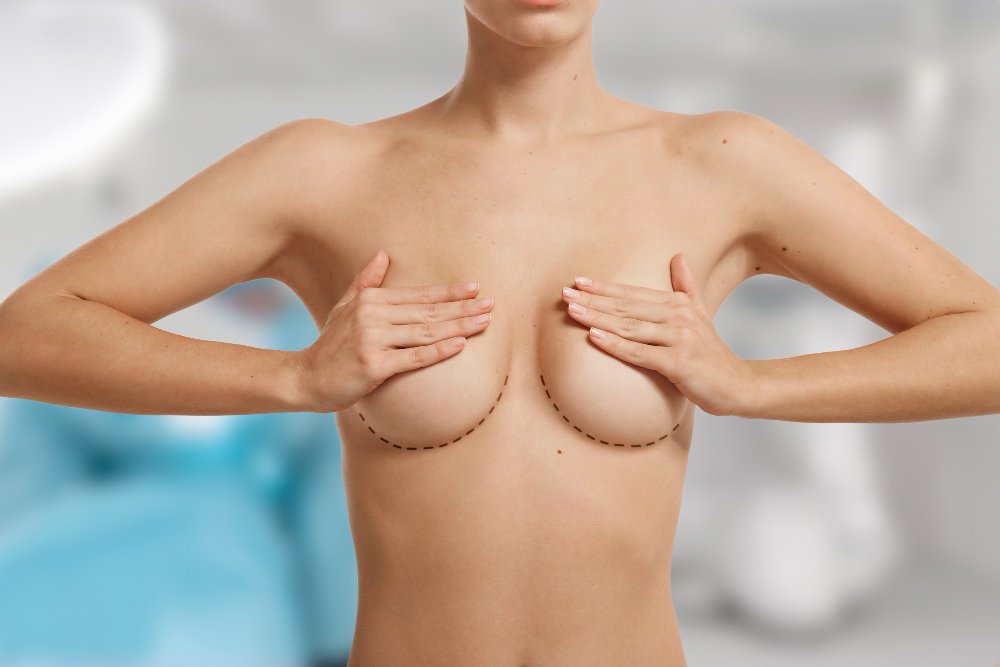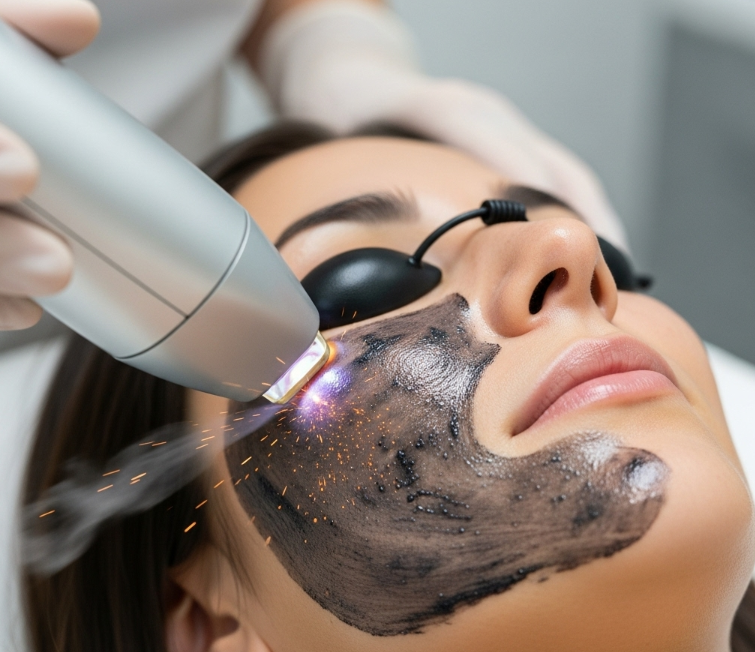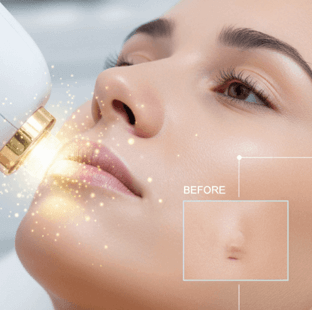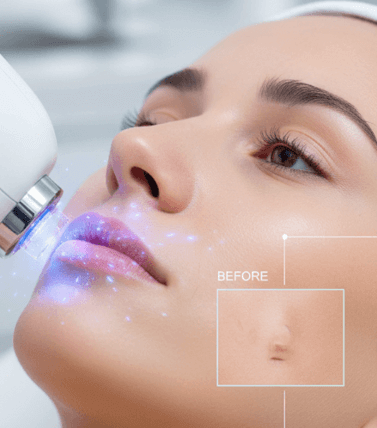Treatment Overview
Breast Augmentation for MTF (Male-to-Female) Patients in Korea is a specialized surgical procedure designed to create natural, feminine breast contours. This procedure uses implants, fat grafting, or a combination of both to enhance breast volume and shape, considering chest anatomy, skin elasticity, and desired breast aesthetics. Korean surgeons are highly experienced in transgender-specific breast augmentation, emphasizing symmetry, proportion, and long-lasting results while ensuring minimal scarring and preservation of nipple sensation.
Purpose & Benefits
- Create Feminine Breast Shape: Tailored breast volume and projection for MTF patients.
- Improve Body Proportion: Enhances overall chest and torso aesthetics.
- Multiple Technique Options: Silicone or saline implants, autologous fat transfer, or hybrid augmentation.
- Minimally Visible Scars: Incision placement optimized for aesthetic outcomes.
- Preserve Sensation: Careful handling of nipple-areola complex to maintain sensitivity.
- Boost Confidence and Gender Affirmation: Supports psychological and social well-being.
Ideal Candidates
- MTF patients seeking feminine breast contours.
- Individuals with adequate chest tissue or suitable for implant/fat grafting.
- Patients desiring long-lasting, natural-looking breast enhancement.
- Those who want minimally invasive, aesthetically precise techniques.
- Individuals undergoing or post gender-affirming transition who require chest feminization.
Possible Risks & Complications
- Mild swelling, bruising, or tenderness post-surgery.
- Infection or hematoma (rare with proper care).
- Capsular contracture around implants (rare).
- Implant malposition or asymmetry.
- Fat graft resorption (if autologous fat transfer is used).
- Changes in nipple sensation (usually temporary).
Surgical Techniques Used
- Implant-Based Augmentation: Silicone or saline implants placed via inframammary, periareolar, or transaxillary incisions.
- Autologous Fat Grafting: Fat harvested from abdomen, thighs, or flanks and injected for volume enhancement or contour refinement.
- Hybrid Augmentation: Combination of implants and fat grafting for natural volume, shape, and softness.
- Pocket Placement: Subglandular, subpectoral, or dual-plane placement depending on chest anatomy.
- Nipple-Areola Positioning: Optimized for proportional, feminine appearance.
Recovery & Aftercare
- Mild swelling, bruising, and tenderness for 1–2 weeks.
- Light activities may resume within 5–7 days; avoid heavy lifting or exercise for 4–6 weeks.
- Compression garments and support bras recommended for optimal healing.
- Follow-up appointments for monitoring healing, implant position, and scar formation.
- Final breast shape visible after 3–6 months post-surgery.
Results & Longevity
- Natural, feminine breast shape with improved symmetry and projection.
- Long-lasting results with proper care and implant maintenance.
- Smooth, soft feel with hybrid or fat-augmented techniques.
- Enhanced self-esteem and body confidence.
- Minimal visible scarring when performed by experienced surgeons.
Treatment Process in Korea
Korea is a leading destination for MTF breast augmentation due to advanced surgical expertise, meticulous planning, and patient-centered care.
- Initial Consultation & Assessment:
- Comprehensive evaluation of chest anatomy, skin elasticity, and desired breast size.
- Discussion of surgical options: implants, fat grafting, or hybrid.
- 3D simulation or digital imaging to preview post-operative results.
- Customized Surgical Planning:
- Selection of implant type, size, and pocket placement.
- Planning incision location to minimize scarring and optimize aesthetics.
- Consideration of nipple-areola positioning and chest contouring.
- Surgery Day:
- Performed under general anesthesia (usually 2–3 hours).
- Implant placement or fat grafting performed with precision.
- Hybrid augmentation may combine implants with selective fat injection.
- Post-Operative Monitoring:
- Early assessment of breast shape, symmetry, and healing.
- Guidance on wound care, activity restrictions, and scar management.
- Follow-Up & Touch-Ups:
- Regular follow-ups to monitor recovery, implant positioning, and fat graft retention.
- Touch-ups or secondary fat grafting sessions if needed for optimal symmetry.
Why Korea is a Top Destination:
- Surgeons experienced in MTF chest feminization and breast augmentation.
- State-of-the-art surgical facilities and 3D imaging technologies.
- High patient satisfaction with natural aesthetics and long-lasting results.
- Minimally invasive and precise surgical techniques tailored to MTF anatomy.
Cost Range
The cost of Breast Augmentation for MTF Patients in Korea varies depending on technique, implant type, and clinic reputation:
- Implant-Based Augmentation (Single Procedure): USD $6,000 – $10,000
- Autologous Fat Grafting Only: USD $7,000 – $12,000
- Hybrid Augmentation (Implant + Fat Grafting): USD $10,000 – $16,000
- Revision Procedures or Secondary Augmentation: USD $5,000 – $9,000
- Premium Clinics with 3D Simulation, VIP Care & Post-Op Follow-Up: USD $12,000 – $18,000
(Costs depend on implant type, fat volume, clinic reputation, and additional techniques.)
Popular Clinics
- Banobagi Plastic Surgery Clinic (Seoul): Specialized in transgender breast augmentation with natural aesthetics.
- ID Hospital (Seoul): Expert in MTF breast augmentation using implants, fat grafting, and hybrid techniques.
- JK Plastic Surgery Center (Seoul): Offers customized MTF breast surgery with 3D simulation.
- View Plastic Surgery Clinic (Seoul): Focused on precise breast feminization for MTF patients.
- JW Plastic Surgery (Seoul): Experienced in hybrid augmentation and post-surgical refinement for transgender patients.




